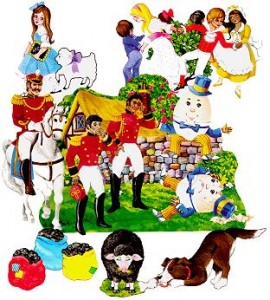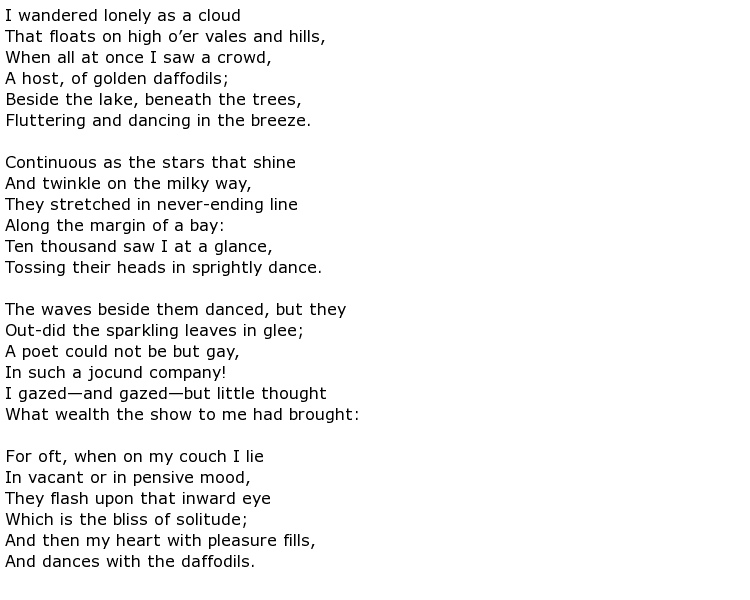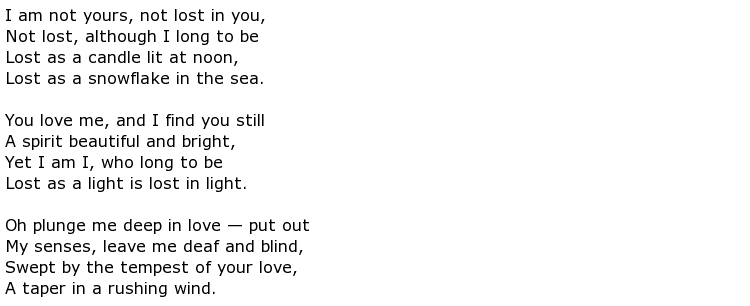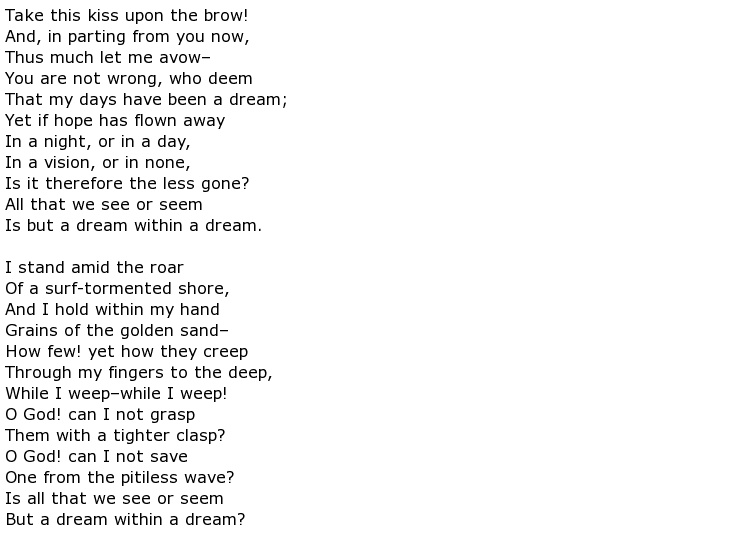

Can you finish the poem above? Of course you can! The old “roses are red” rhyme is among the best known rhyming poems ever composed.
Why is this poem so memorable? Well, it’s short – and sweet. It’s been repeated in books, movies, and television programs more times than can be counted. But while these things have made this poem famous, one of the reasons it’s so easy to remember is that it rhymes.
Rhyming poems are hugely popular with all audiences and ages because those rhymes at the ends of the lines give them a flow and a hook that make them roll off the tongue – or the brain – yet stick to the memory.
Consider, for instance, nursery rhymes. Although one usually does not consider these to be poems, nursery rhymes are, in fact, poetry, and most of them exist today not because the poet wrote them down or collected them, but because they passed along through generations through word of mouth – proving the lasting power of the rhyming poem.
A rhyming poem of particular fame is William Wordsworth‘s (1770-1850) “I Wandered Lonely as a Cloud:”

Perhaps one of the reasons for the lasting popularity of Wordsworth’s poem is its similarity to nursery rhymes. Like many nursery rhymes, “I Wandered Lonely as a Cloud’s” rhymes are on alternating lines. Also similar to nursery rhymes is the fact that this rhyming poem has recurring themes – in this case the daffodils. And, like nursery rhymes, the poem has a lilt that lends itself well to the spoken word.
Sara Teasdale‘s (1884-1933) “I Am Not Yours” is another example of a popular rhyming poem:

Notice again the rhymes of alternating lines, which are the pattern that this poem consists of. Also, the length of the poem is such that it is easily committed to memory. However, “I Am Not Yours” differs from many rhyming poems in that the last stanza rhymes to the eye – i.e. on paper – but not to the ear. This, however, has not dimmed the poem’s power – or popularity.
For a poem with a slightly more complex rhyme, look to Edgar Allan Poe‘s (1809-1849) “A Dream Within a Dream:”

This rhyming poem is unusual in that the first three lines rhyme, a pattern that is not repeated in the rest of the poem, which features only couplets, or pairs of rhyming lines. Another thing that sets this rhyming poem apart is the alliterating – or use of similar sounding letters or syllables – within the lines themselves, such as “I stand amid the roar/Of a surf-tormented shore,” which repeats the letters s, d, and r. And true to the title of the poem, the rhymes seem to turn in on themselves, giving the poem a circular quality not unlike the dream within a dream.
Rhyming poems may seem like child’s play, but often they are as complex as the longer verse poems that get all the respect. Their closest cousins may be nursery rhymes, but make no mistake, rhyming poems are really literate.


You must register to comment. Log in or Register.